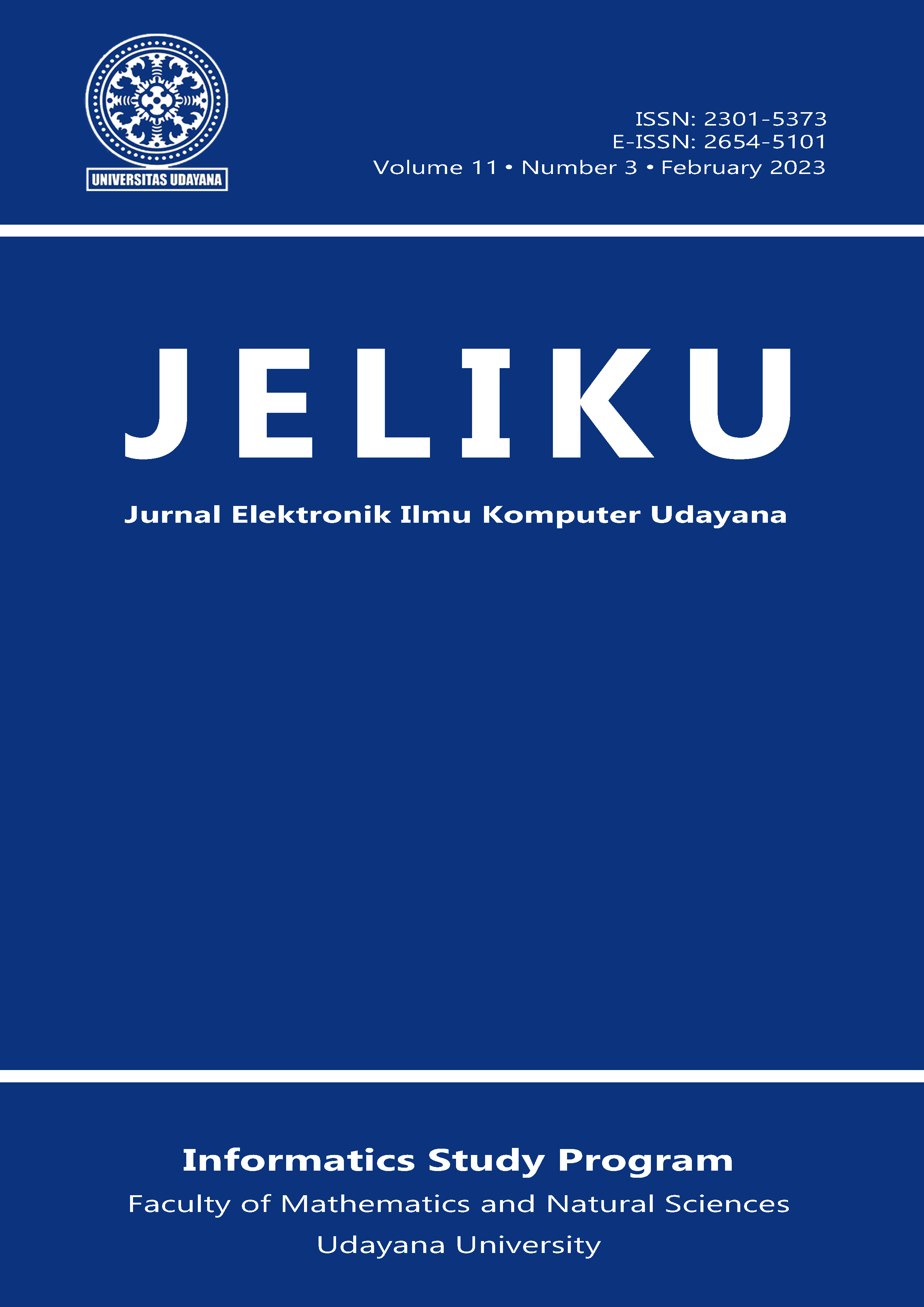Diagnosis Penyakit Retinopati Diabetes Menggunakan SVM dengan Optimasi Algoritma Genetika
Abstract
Diabetes mellitus is a non-communicable disease that is widely infected in the community. People with diabetes mellitus often do not realize that they are infected and are only known after complications occur. Diabetic retinopathy is one of the complications of diabetes mellitus. Diabetic retinopathy occurs when the vessels in the retina are damaged, causing visual disturbances. Diabetic retinopathy is divided into 2 stages, namely Non-Proliferative Diabetic Retinopathy (NPDR) and Proliferative Diabetic Retinopathy (PDR).This study diagnoses diabetic retinopathy using classification methods, namely SVM and GLCM as feature extraction methods. In addition, this study adds an optimization method, namely genetic algorithms to determine the optimal parameters for SVM. The amount of data used is 885 images with 3 labels, namely Normal, NPDR, and PDR. The test results in this study, SVM with genetic algorithms get better results than SVM without optimization. In SVM without F1 optimization the highest score was obtained at 0.7372 while in SVM with F1 optimization the highest score was obtained at 0.7578 with an increase in the percentage of F1 Score by 2.06%.






